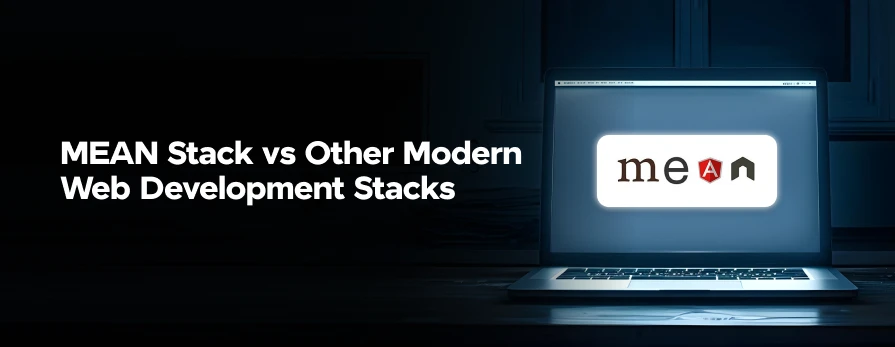
MEAN Stack vs. Other Modern Web Development Stacks
Sep 19, 2024 4 Min Read 1826 Views
(Last Updated)
In the fast-paced world of web development, choosing the right technology stack is important for building scalable, efficient, and feature-rich applications. Among the many options available, the MEAN Stack stands out as a popular choice for its simplicity, versatility, and full JavaScript integration. However, it’s not the only modern web development stack.
Other frameworks and platforms like LAMP, MERN, JAMstack, Ruby on Rails, and Django offer their own advantages and specialties. In this blog, we will explore the MEAN Stack and compare it against other modern web development stacks.
By learning the components, examining performance metrics, analyzing development speed, and assessing suitability for various use cases, we will provide insights that will help developers and businesses make informed decisions about their technology choices. Let’s understand MEAN Stack versus other modern alternatives.
Table of contents
- What is MEAN Stack?
- Other Modern Web Development Stacks
- LAMP Stack (Linux, Apache, MySQL, PHP)
- MERN Stack (MongoDB, Express.js, React, Node.js)
- JAMstack (JavaScript, APIs, Markup)
- Ruby on Rails
- Django (Python)
- Comparison: MEAN Stack vs. Other Modern Web Development Stacks
- Conclusion
- FAQs
- What are the main differences between the MEAN Stack and other modern web development stacks like MERN, JAMstack, and LAMP?
- Which stack is best suited for building single-page applications (SPAs) or real-time applications?
- What factors should I consider when choosing between the MEAN Stack and other modern web development stacks?
What is MEAN Stack?
MEAN Stack is a powerful and popular technology stack used for building dynamic web applications. It is an acronym that stands for MongoDB, Express.js, AngularJS (or Angular), and Node.js. Let’s break down its components and explore its advantages:
The components of MEAN Stack are as follows:
- MongoDB: A NoSQL database that stores data in JSON-like documents. It offers scalability, flexibility, and high performance, making it ideal for handling large volumes of data in web applications.
- Express.js: A lightweight and flexible Node.js web application framework used to build server-side applications. It simplifies the process of building APIs and handling HTTP requests, making development faster and more efficient.
- AngularJS (or Angular): A JavaScript framework maintained by Google, used for building dynamic and interactive user interfaces. AngularJS (version 1.x) or Angular (version 2 and above) provides features like two-way data binding, dependency injection, and modular development, enhancing the development of client-side applications.
- Node.js: A runtime environment that executes JavaScript code outside the browser. It allows developers to build scalable and high-performance server-side applications using JavaScript, enabling seamless communication between the client and server.
Must Explore: React vs Angular vs Vue: Choosing the Right Framework
The advantages of MEAN Stack are as follows:
- Full JavaScript Stack: MEAN Stack uses JavaScript for both server-side and client-side development, eliminating the need to switch between different programming languages. This streamlines the development process and promotes code reusability.
- Single Language throughout Development: With MEAN Stack, developers can use JavaScript for writing code at every stage of the application, from database queries to server-side logic and client-side interactions. This reduces complexity and facilitates collaboration among team members.
- Ease of Scalability: MEAN Stack applications are inherently scalable, thanks to the asynchronous and event-driven architecture of Node.js, coupled with the horizontal scalability of MongoDB. This allows applications to handle increasing loads and user traffic with ease.
- Robustness of MongoDB: MongoDB’s flexible document-based data model and automatic sharding support make it well-suited for handling diverse data types and scaling horizontally across multiple servers. Its built-in replication and failover capabilities ensure high availability and data durability.
- Active Community Support: The MEAN Stack has a vibrant and active community of developers, contributors, and enthusiasts who continuously contribute to its growth and improvement. This translates to a wealth of resources, tutorials, libraries, and third-party tools that developers can use to enhance their projects.
The MEAN Stack offers a comprehensive and modern approach to web development, empowering developers to build scalable, efficient, and feature-rich applications using a unified set of technologies.
Ready to master full-stack development? Enroll now in GUVI’s Full Stack Development course and elevate your skills in MEAN Stack and beyond!
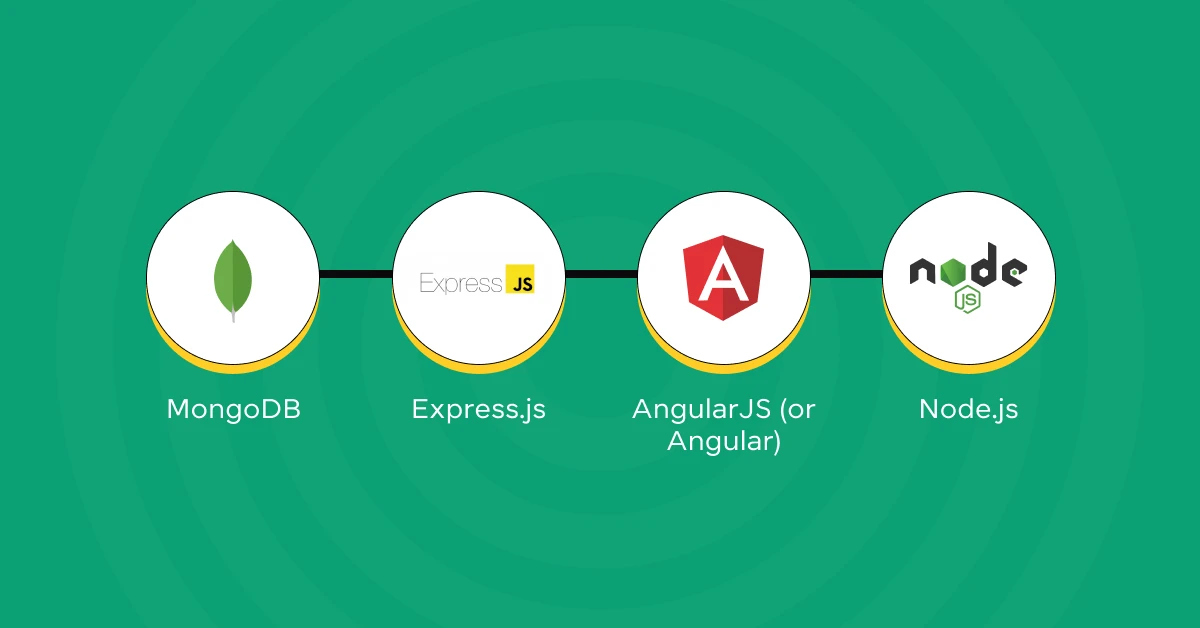
Having understood MEAN Stack, let’s explore other web development stacks that are making waves in the industry.
Other Modern Web Development Stacks
In addition to the MEAN Stack, there are several other modern web development stacks that developers can choose from based on their specific requirements and preferences. Let’s explore some of these alternative stacks:
1. LAMP Stack (Linux, Apache, MySQL, PHP)
- Linux: The operating system.
- Apache: The web server.
- MySQL: The relational database management system (RDBMS).
- PHP: The server-side scripting language.
LAMP Stack is a traditional stack widely used for building dynamic websites and web applications. It offers stability, flexibility, and a large community of users and developers.
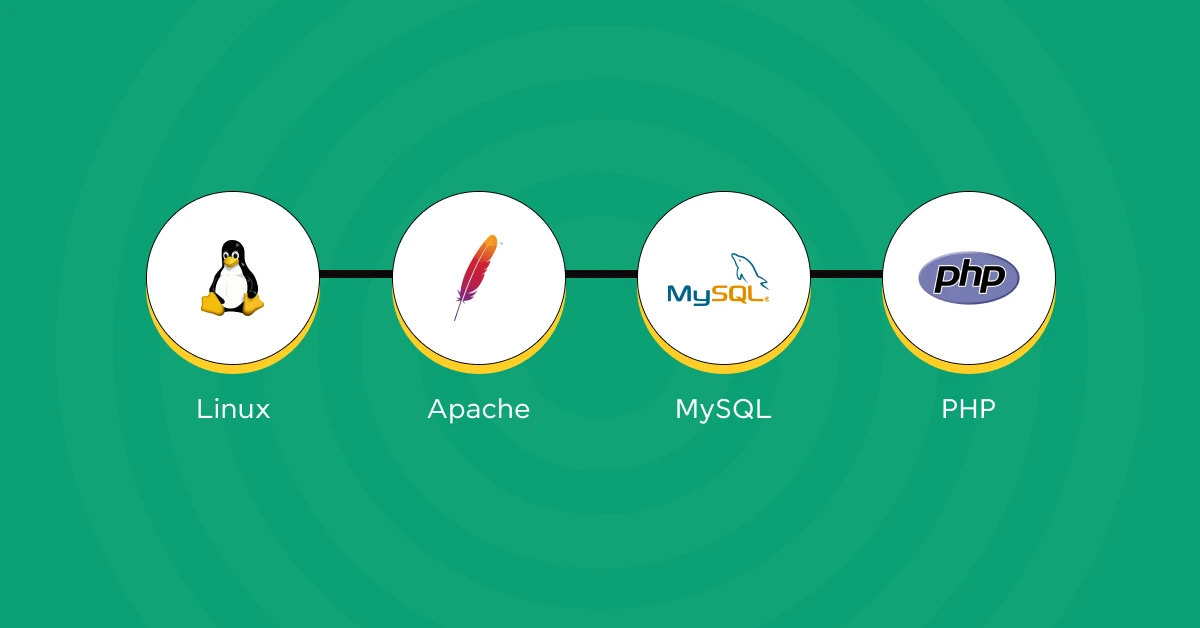
Also Read: 7 Best Practices for Securing MERN Stack Applications
2. MERN Stack (MongoDB, Express.js, React, Node.js)
- MongoDB: The NoSQL database.
- Express.js: The Node.js web application framework.
- React: The JavaScript library for building user interfaces.
- Node.js: The JavaScript runtime environment.
MERN Stack is similar to MEAN Stack but uses React instead of Angular for building client-side applications. It is well-suited for building single-page applications (SPAs) and is known for its simplicity and performance.
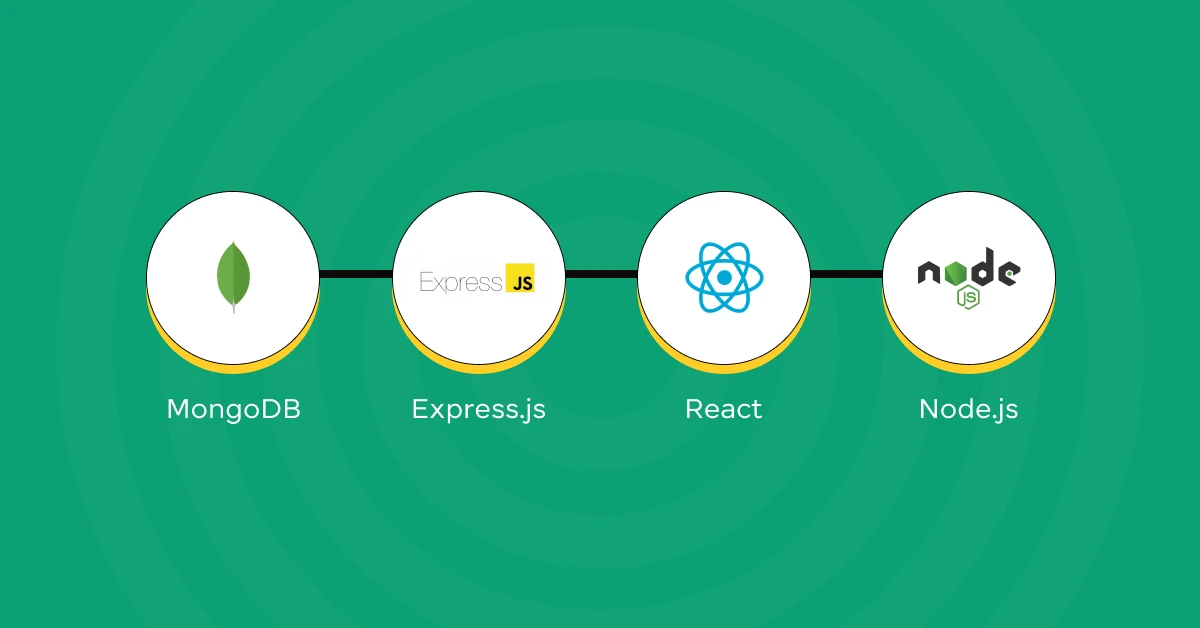
3. JAMstack (JavaScript, APIs, Markup)
- JavaScript: The programming language.
- APIs: Application Programming Interfaces.
- Markup: HTML/CSS.
JAMstack is a modern architecture for building fast and secure websites and web applications. It relies on client-side JavaScript, reusable APIs, and prebuilt Markup to deliver a seamless and dynamic user experience. JAMstack offers scalability, security, and performance benefits.
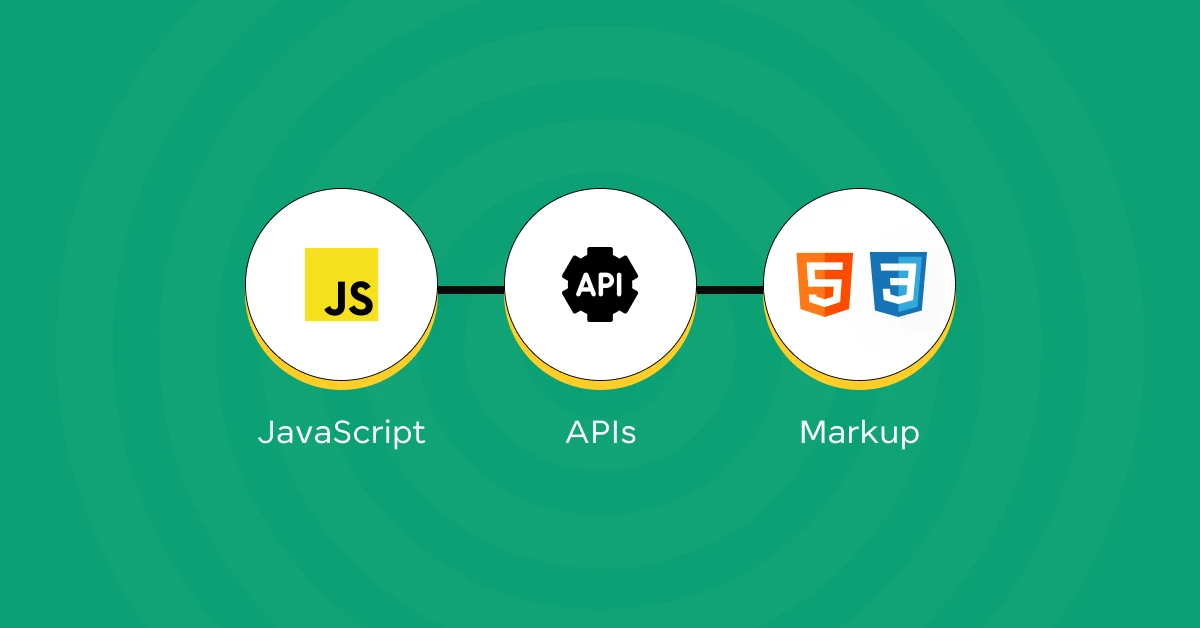
Also Read: Top Full-Stack Developer Skills
4. Ruby on Rails
- Ruby: The programming language.
- Rails: The web application framework.
Ruby on Rails, often referred to as Rails, is a full-stack web development framework known for its convention over configuration principle and rapid development capabilities. It follows the Model-View-Controller (MVC) architecture and emphasizes developer productivity and code readability.
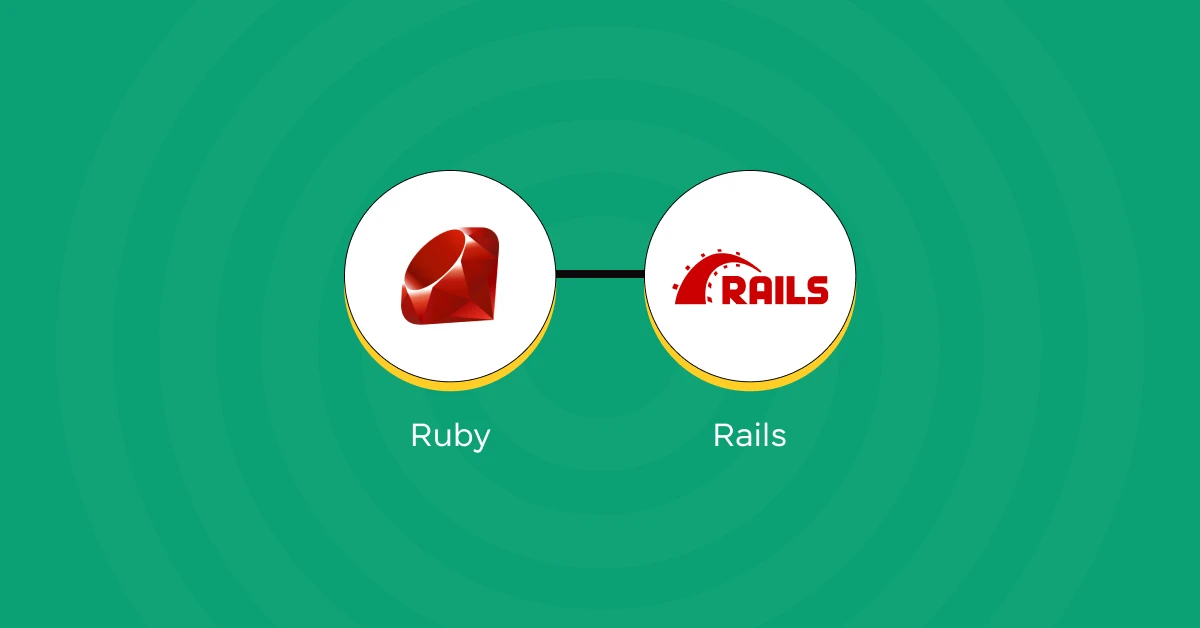
5. Django (Python)
- Python: The programming language.
- Django: The web application framework.
Django is a high-level Python web framework known for its simplicity, scalability, and versatility. It follows the Don’t Repeat Yourself (DRY) principle and provides built-in features for authentication, URL routing, and database management, making it ideal for building complex web applications rapidly.
These alternative stacks offer diverse options for developers, each with its own set of advantages, specialties, and use cases. Whether you prioritize performance, simplicity, flexibility, or scalability, there’s a web development stack out there to suit your needs.
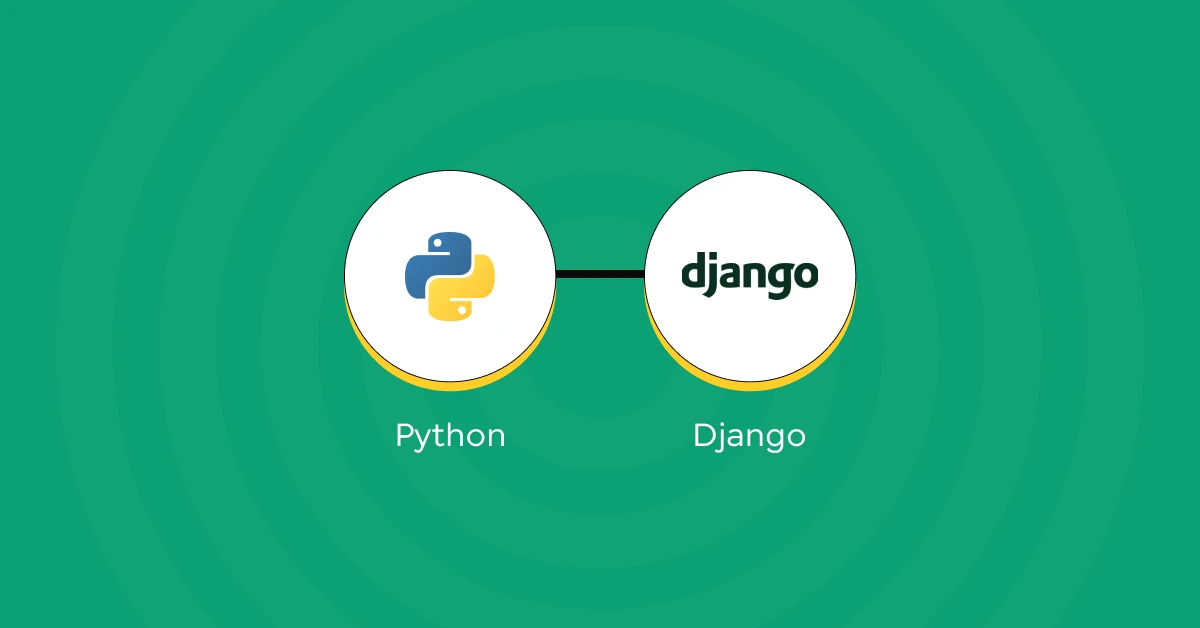
Also Read: 7 Best Practices to Secure MEAN Stack Applications
Having explored several modern web development stacks, let’s compare the MEAN Stack with other leading options in the field.
Comparison: MEAN Stack vs. Other Modern Web Development Stacks
Let’s compare the MEAN Stack with other modern web development stacks across various key aspects:
| Aspect | MEAN Stack | Other Modern Web Development Stacks |
| Technology Stack Composition | Comprises MongoDB, Express.js, AngularJS (or Angular), and Node.js, all based on JavaScript. | LAMP (Linux, Apache, MySQL, PHP), MERN (MongoDB, Express.js, React, Node.js), JAMstack (JavaScript, APIs, Markup), Ruby on Rails, Django (Python), each with its unique combination of technologies. |
| Performance Metrics | Known for its high performance and scalability, thanks to the asynchronous and event-driven nature of Node.js and the efficient data handling capabilities of MongoDB. | Performance metrics vary depending on the specific technologies used and how they are optimized for the application’s requirements. |
| Development Speed and Efficiency | Offers rapid development capabilities, particularly for full-stack JavaScript developers, due to its unified language and ecosystem. | Development speed and efficiency depend on factors such as the familiarity of developers with the stack, the availability of libraries and tools, and the complexity of the project. |
| Learning Curve | Relatively steep learning curve for developers new to JavaScript or full-stack development, especially when working with AngularJS or Angular. | Learning curves vary depending on the complexity of the technologies involved and the developer’s prior experience with similar stacks or programming languages. |
| Use Cases and Suitability | Well-suited for real-time applications, single-page applications (SPAs), and projects requiring rapid prototyping or full-stack JavaScript development. | Each stack has its own set of use cases and suitability, ranging from traditional web applications (LAMP) to modern SPAs (MERN, JAMstack) and specialized domains (Ruby on Rails for rapid development, Django for Python-centric projects). |
| Community Support and Documentation | Benefits from a large and active community of developers, extensive documentation, and numerous libraries and resources available for support. | Community support and documentation vary but are generally robust for widely adopted stacks like LAMP, MERN, JAMstack, Ruby on Rails, and Django. |
This comparison provides insights into the strengths, weaknesses, and suitability of the MEAN Stack compared to other modern web development stacks, helping developers make informed decisions based on their project requirements and preferences.
Explore full-stack development with GUVI’s expert-led course. Join now and start your journey toward becoming a proficient developer!
Conclusion
The choice of a web development stack depends on various factors, and developers should evaluate each option based on project requirements, team expertise, and future trends in the industry. As technology evolves, so too will the web development stacks, offering new opportunities and challenges for developers.
Also Read: The Rise of Edge Computing in Web Development
FAQs
What are the main differences between the MEAN Stack and other modern web development stacks like MERN, JAMstack, and LAMP?
The MEAN Stack primarily uses JavaScript for both server-side and client-side development, whereas other stacks like MERN (MongoDB, Express.js, React, Node.js) may use alternative front-end frameworks like React instead of Angular.
JAMstack emphasizes the use of JavaScript, APIs, and Markup for building fast and secure websites, while LAMP (Linux, Apache, MySQL, PHP) is a traditional stack using PHP for server-side scripting.
Which stack is best suited for building single-page applications (SPAs) or real-time applications?
The MEAN Stack is well-suited for building SPAs and real-time applications due to its full JavaScript solution and scalability offered by technologies like Node.js and MongoDB.
However, other stacks like MERN and JAMstack also excel in this area, providing alternative combinations of technologies optimized for modern web development paradigms.
What factors should I consider when choosing between the MEAN Stack and other modern web development stacks?
Consider factors such as project requirements, developer expertise, performance metrics, development speed, learning curve, and community support. The MEAN Stack may be preferable for teams with strong JavaScript skills and a need for rapid development, while other stacks may be better suited for specific use cases or programming languages preferred by the team.

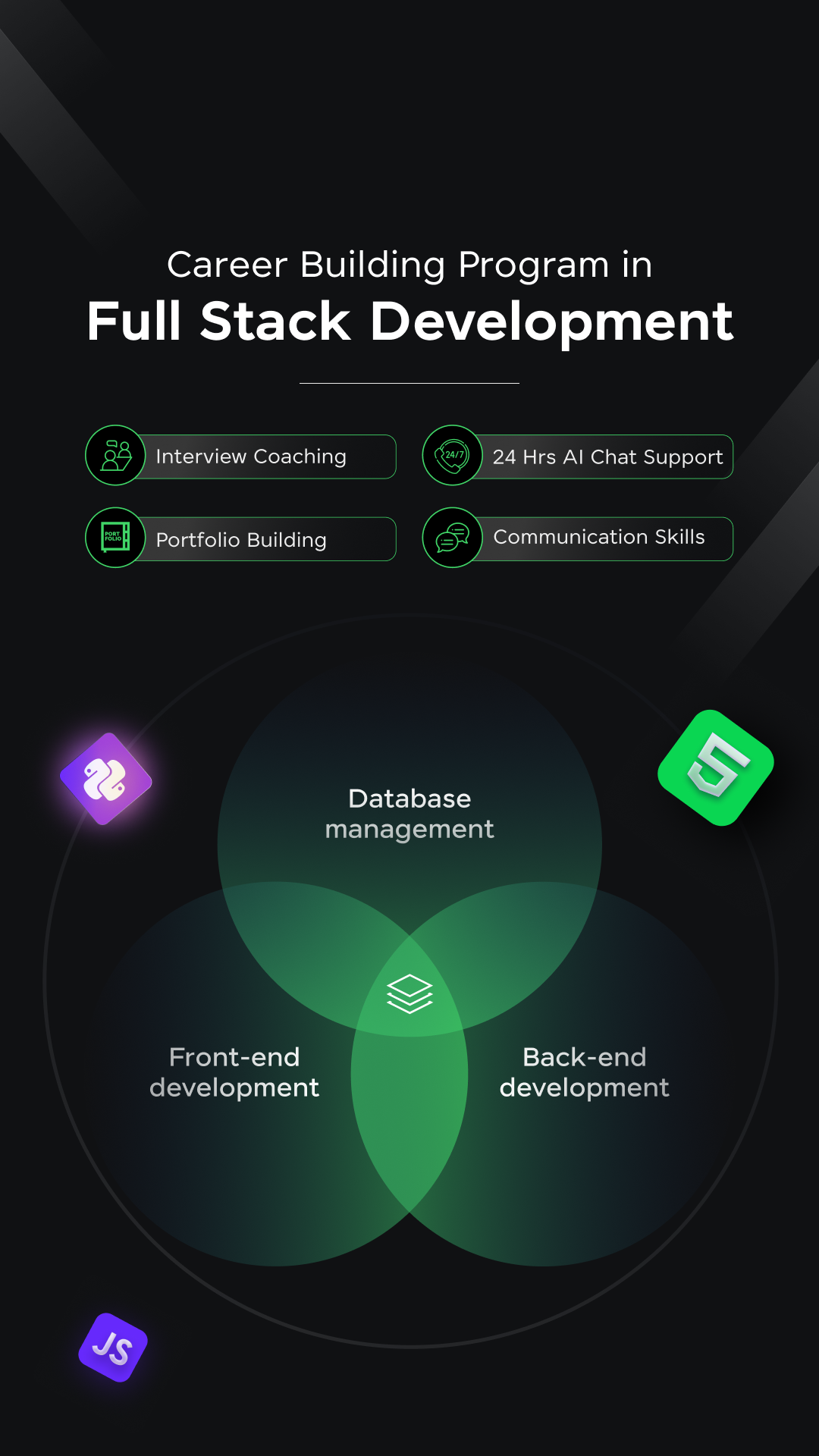





















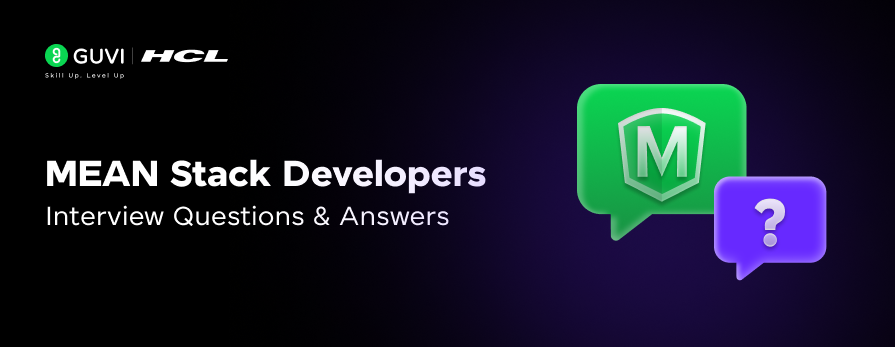
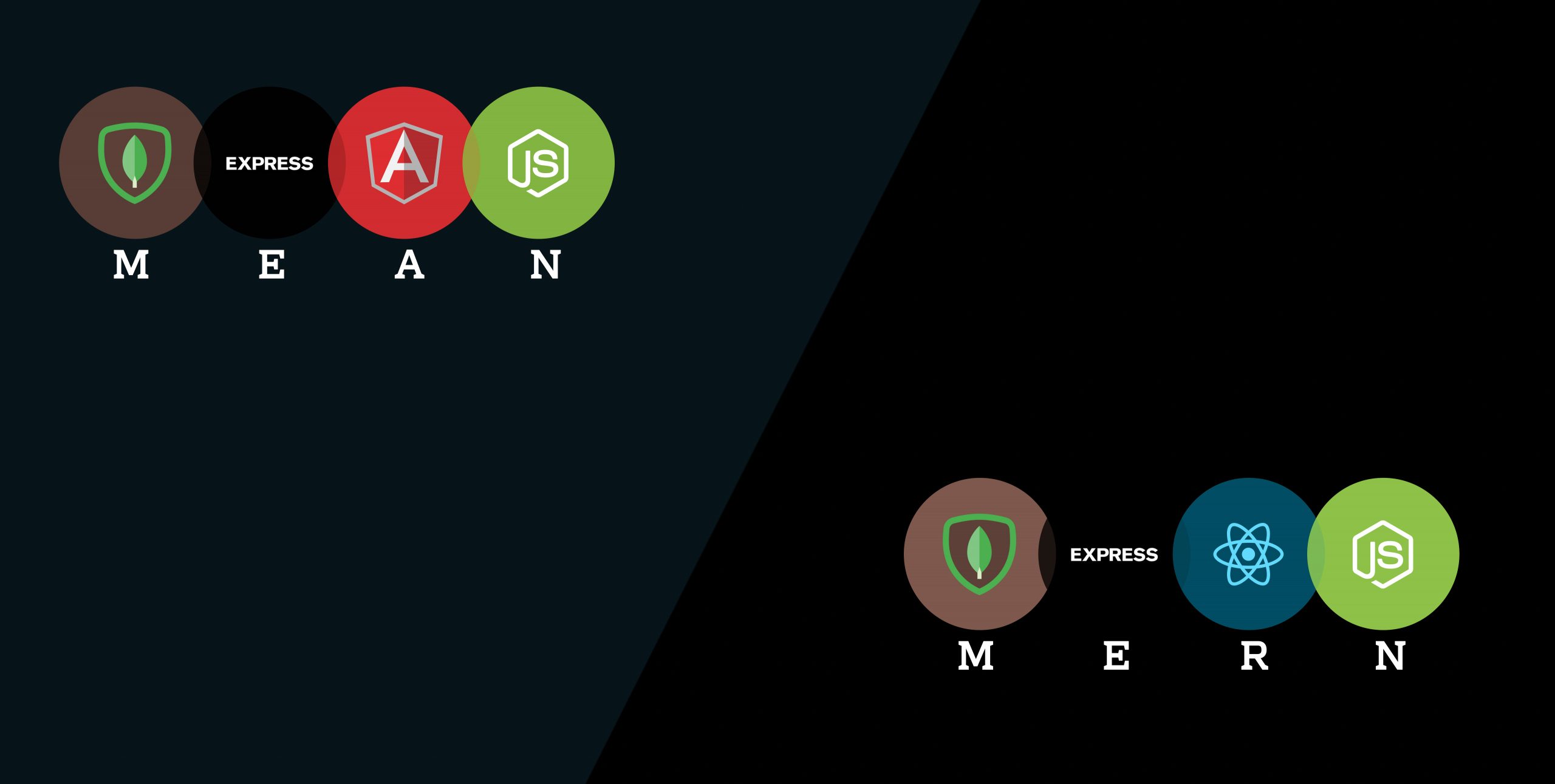
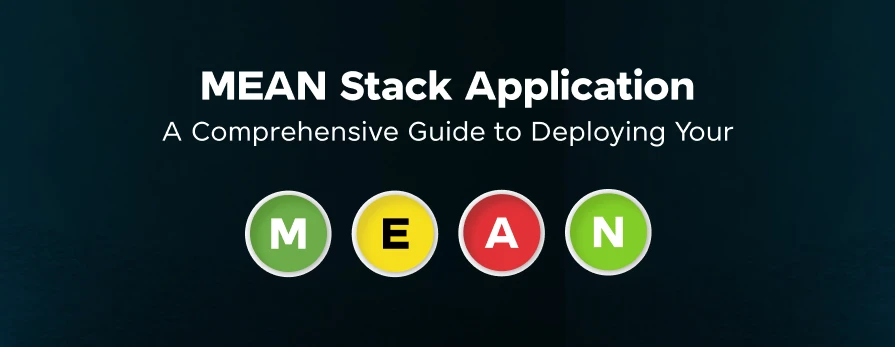
Did you enjoy this article?